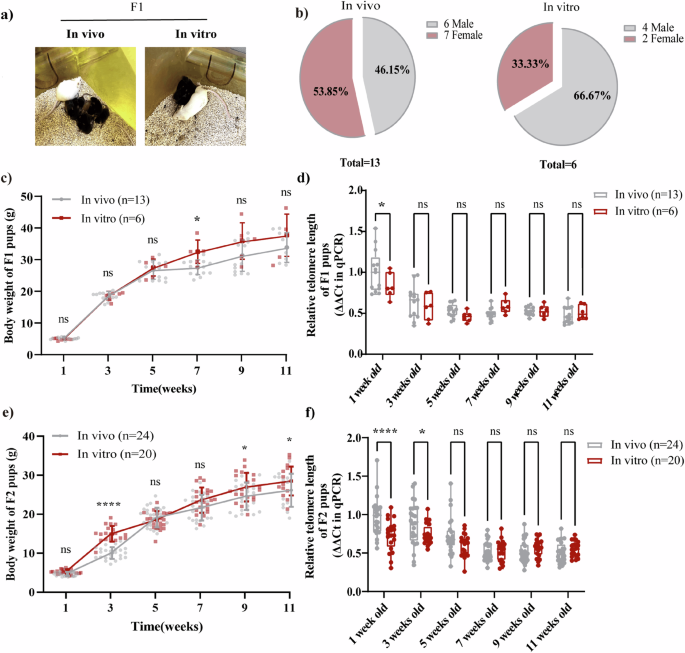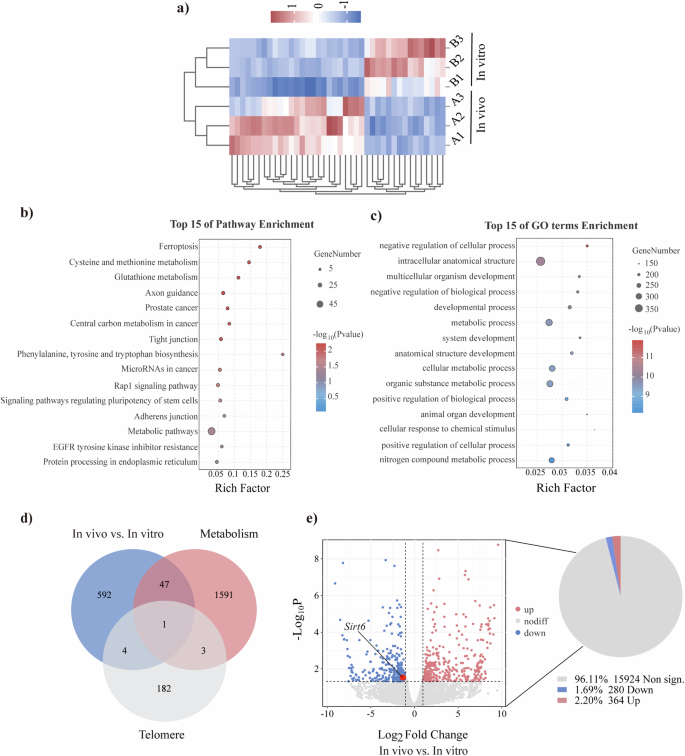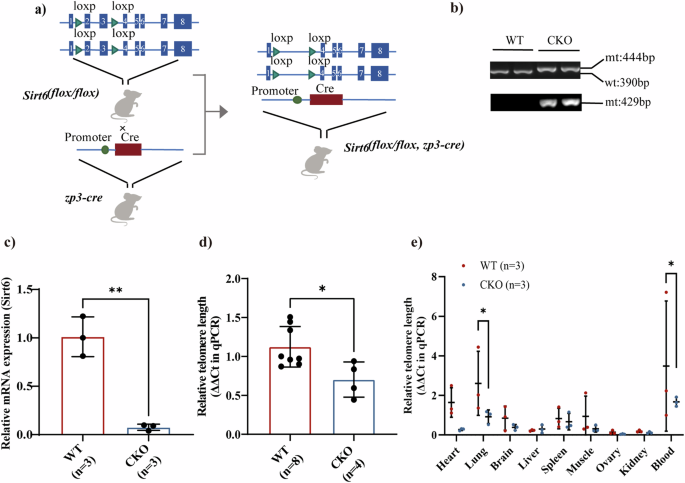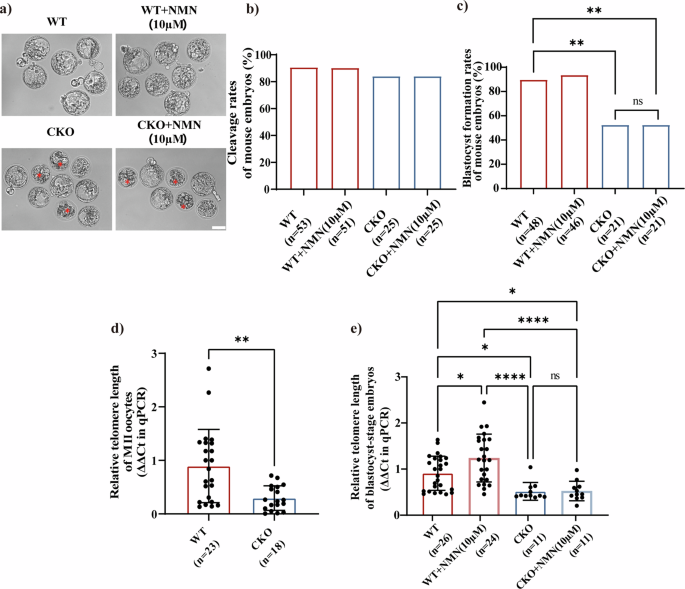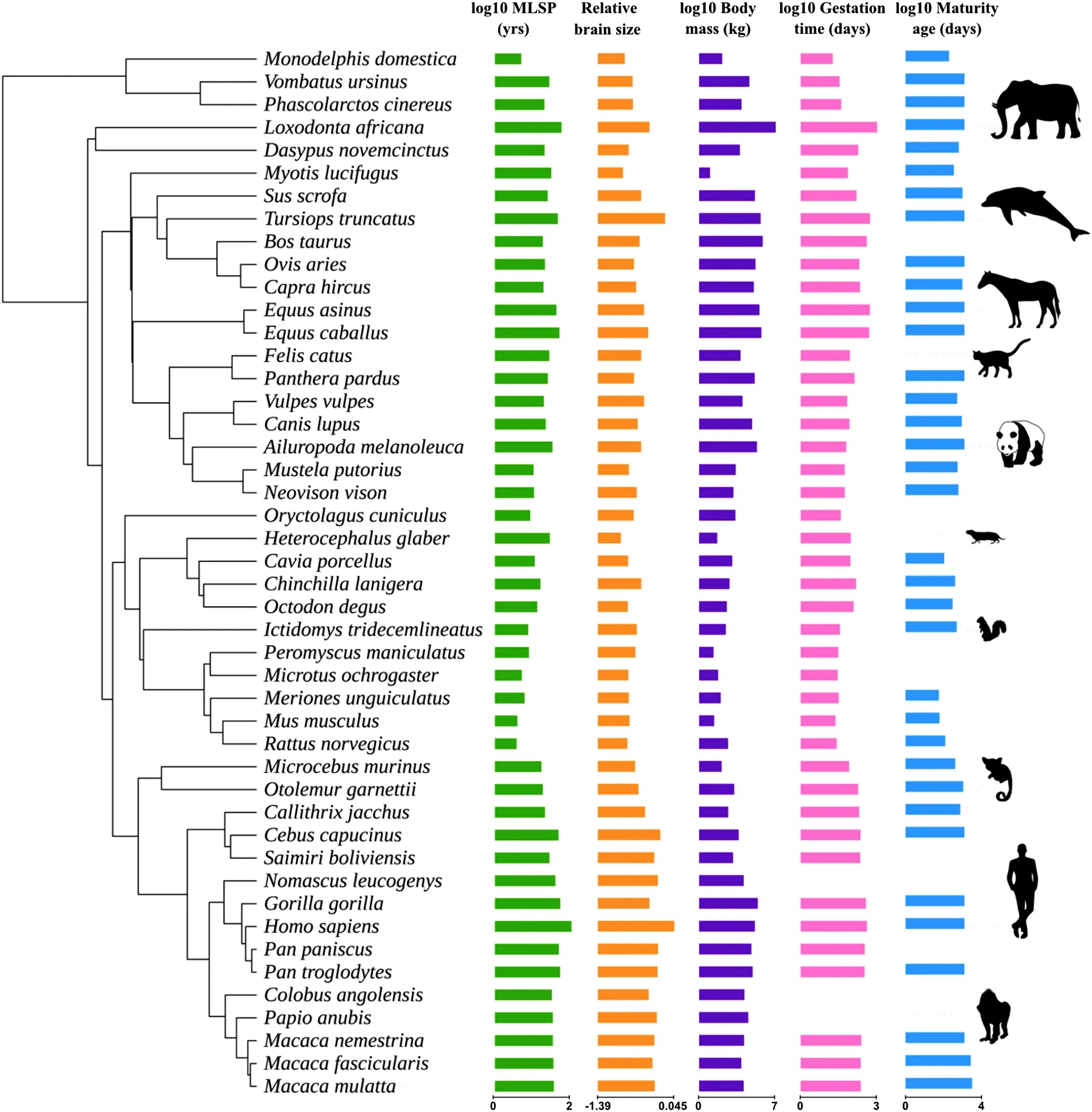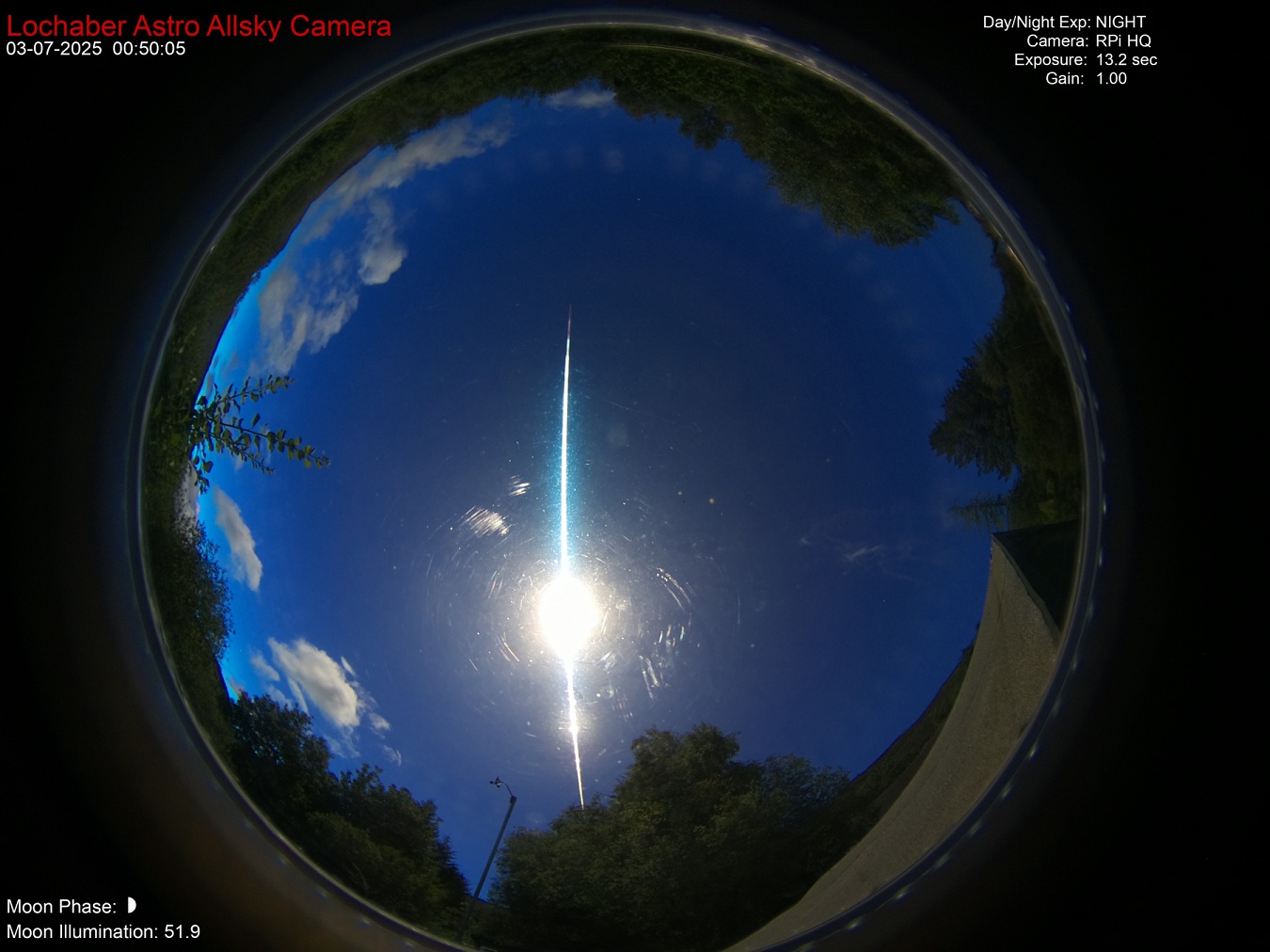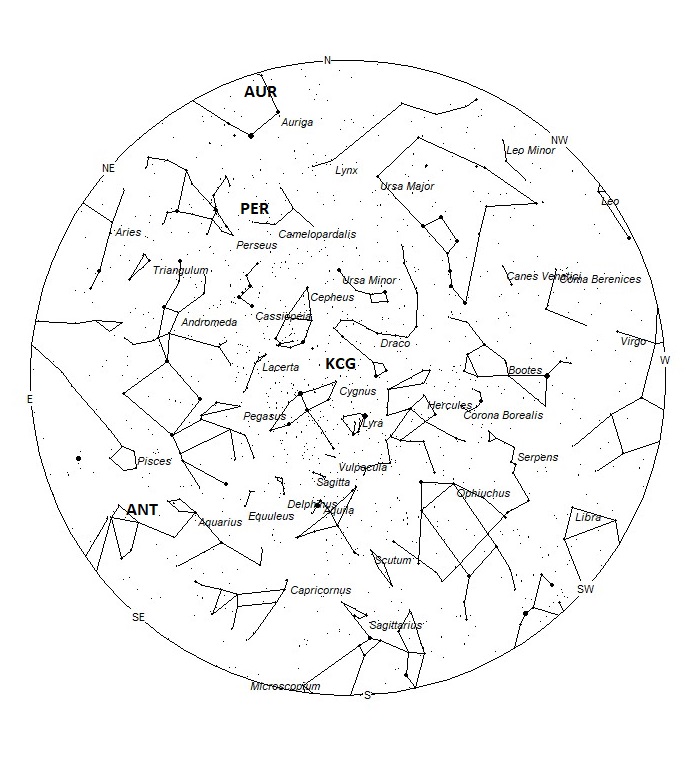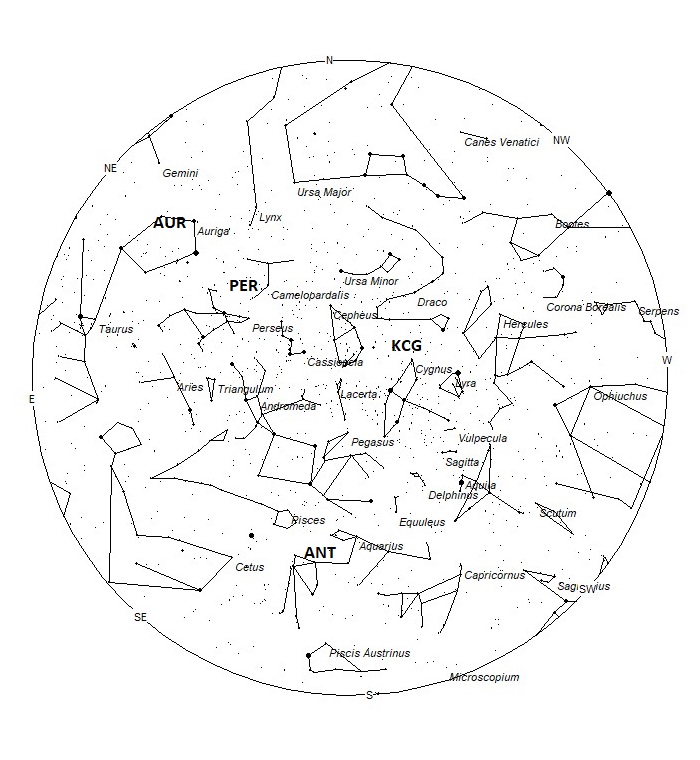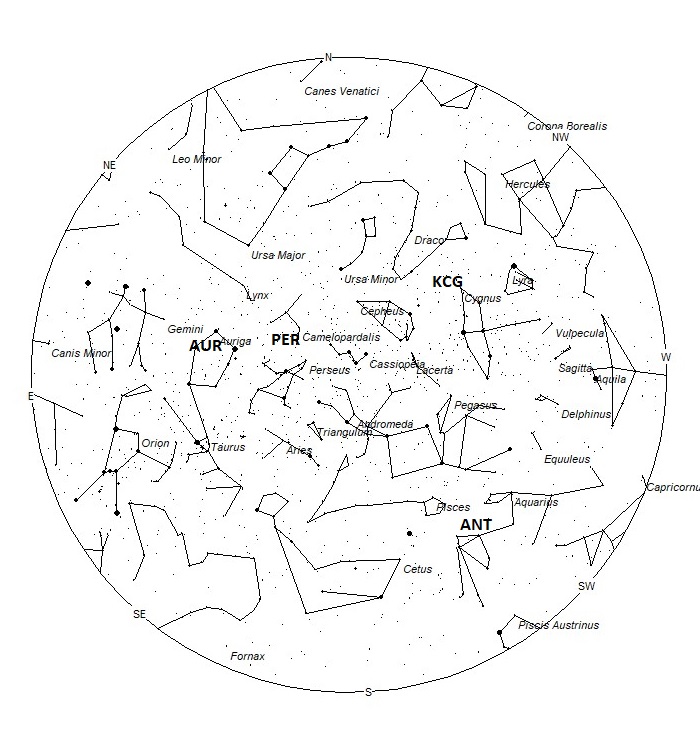Telomere shortening, DNA damage and elevated oxidative stress in blastocysts cultured in vitro
Figure 1a depicts the morphology of mouse blastocysts that developed in vivo and were cultured in vitro. We first compared the relative TL between in vivo and in vitro blastocysts via quantitative PCR (qPCR) (Fig. 1b). As shown in the Fig. 1b, TL was significantly lower in vitro (0.71 ± 0.47, n = 34) than in vivo (1.16 ± 0.53, n = 34) (In vivo vs. In vitro, p = 0.0005). To further define TL at different sites, we evaluated the ICM and Trophectoderm (TE) cell independently (Fig. 1c), and found that the ICM of in vitro blastocysts (0.70 ± 0.39, n = 30) had a considerably shorter TL than did the ICM of in vivo blastocysts (1.11 ± 0.70, n = 30) (In vivo vs. In vitro, p = 0.0067), the same was true for TE cell (In vivo vs. In vitro, p = 0.0071). We further analyzed the TL of embryos at different developmental stages and found no significant difference in TL between the in vivo and in vitro groups prior to the eight-cell stage (In vivo vs. In vitro, p < 0.05), however, post-eight-cell stage, TL differences between the two groups became increasingly apparent (Morula: In vivo vs. In vitro, p = 0.0409; Blastocyst: In vivo vs. In vitro, p = 0.0070; Hatching-blastocyst: In vivo vs. In vitro, p = 0.0010) (Supplementary Fig. 1a, b).
Telomeres are composed of repeated G-rich sequences and specific binding proteins that work together to stabilize chromosomal ends. These structures are closely associated with apoptosis33,34. To evaluate whether the lineage-specific cell apoptosis exists, the in vivo and in vitro blastocysts were respectively subjected to differential cell staining and TUNEL staining, showing that compared with the in vivo blastocysts, the number of ICM (17.04 ± 7.33, n = 28 vs. 13.72 ± 3.66, n = 25, p = 0.0461), TE (31.50 ± 4.45, n = 28 vs. 28.24 ± 6.35, n = 25, p = 0.0336) and total cell (48.54 ± 10.14, n = 28 vs. 41.96 ± 9.38, n = 25, p = 0.0182) in the in vitro blastocysts significantly decreased, while the apoptotic rate significantly increased (In vivo vs. In vitro: 10.94 ± 7.74, n = 28 vs. 19.75 ± 10.55, n = 25 in the ICM, p = 0.0010; 4.66 ± 4.34, n = 28 vs. 8.48 ± 5.04, n = 25 in the TE, p = 0.0047; 6.62 ± 4.89, n = 28 vs. 12.00 ± 6.23, n = 25 in the total cell, p = 0.0009) (Fig. 1d–f), although the ICM:TE ratio of apoptotic rate did not differ between the two groups (1.88 ± 1.84, n = 28 vs. 2.11 ± 1.57, n = 25, p = 0.6183) (Fig. 1g). To further confirm the increase in DNA damage, on one hand, we evaluated DNA damage through γH2A.X staining and confirmed the presence of significantly increased DNA damage foci in in vitro cultured-blastocysts (Supplementary Fig. 2a, b); On the other hand, the activation of the p53 pathway also plays an important role, as evidenced by the increased mRNA expression of Trp53, Cdkn1a, Pmaip1, and Trp53bp1 in in vitro-cultured blastocysts. However, when the p53 pathway is inhibited, the expression shows no difference compared with the in vivo group (Supplementary Fig. 2c).
Considering that mitochondria are the main sites of reactive oxygen species (ROS) production, which is an up-regulation in response to cellular stress35. By using MitoSOX (which reflects mitochondrial superoxide production) to track mitochondria in blastocysts, it was found that compared with the in vivo group (0.97 ± 0.08, n = 17), blastocysts in the in vitro group (1.12 ± 0.14, n = 19) exhibited significantly elevated mitochondrial ROS (mtROS) (In vivo vs. In vitro, p = 0.0008) (Fig. 1h). Furthermore, by analyzing the mtROS during preimplantation embryo development, it could be observed that a significant increase in oxidative stress mainly occurs during the blastocyst formation stage and persists until the hatching-blastocyst stage (Supplementary Fig. 1c, d). Collectively, these findings demonstrate that in vitro culture leads to telomere shortening, DNA damage accumulation, and mitochondrial oxidative stress in blastocysts.
Postnatal offspring born from in vitro blastocyst trasfer displayed shorter telomere length one week after birth
We then tracked the change in TL after birth by transferring in vivo and in vitro blastocysts into the uteri of pseudopregnant ICR females. In the in vivo and in vitro groups, 13 (21.67%, 13/60) and 6 (7.89%, 6/76) living F1 pups were respectively delivered (Supplementary Fig. 3a), which were born healthily and respired normally (Fig. 2a). The in vitro group exhibited a significantly higher proportion of male offspring (4/6, 66.67%) compared to the in vivo group (6/13, 46.15%) (Fig. 2b and Supplementary Fig. 3a). Furthermore, the pups were born one day earlier in the in vitro group than in the in vivo group (Supplementary Fig. 3a). Next, tail samples of pups were collected every two weeks after birth to measure TL, and body weight was monitored. The results showed that the TL of F1 pups born from in vitro blastocyst trasfer (0.84 ± 0.15,n = 6) was significantly shorter than that of those born in vivo (1.01 ± 0.26, n = 13) at one week after birth (In vivo vs. In vitro, p = 0.0217), although there was no statistically significant difference in TL between the in vivo and in vitro groups after three weeks (In vivo vs. In vitro, p > 0.05) (Fig. 2d). Furthermore, the body weights of the F1 pups in the two groups were all within the normal range for the mice at the early growth stage (before 5 weeks), whereas at the late growth stage (after 5 weeks), the body weights of the F1 pups in the in vitro group tended to increase compared with those in the in vivo group (Fig. 2c). Grouping analysis by sex revealed that particularly male pups in the in vitro group presented the same trend of weight gain (Supplementary Fig. 3c), with male pups showing greater telomere shortening (0.80 ± 0.15, n = 4) at 1 week after birth than did those in the in vivo group (1.05 ± 0.28, n = 6) (In vivo vs. In vitro, p = 0.0195) (Supplementary Fig. 3e).
We subsequently obtained the F2 generation through F1 inbreeding (Supplementary Fig. 4a). Unlike the F1 generation, we found a significant increase in the proportion of female offspring born in the in vitro group (13/20, 65%) compared with the in vivo group (11/24, 45.83%) (Supplementary Fig. 4b). Then, we measured the TL of F2 generation newborn mice. Similarly, F2 cubs from the in vitro group (0.73 ± 0.21, n = 20) displayed a different growth pattern and had significantly shorter TL than did F2 cubs from the in vivo group (0.98 ± 0.25, n = 24) at one week after birth (In vivo vs. In vitro, p < 0.0001) (Fig. 2e, f). We also found that the growth pattern and TL of F2 generation female pups was more significantly affected in vitro (0.66 ± 0.20, n = 13) than in vivo (0.87 ± 0.19, n = 11) (In vivo vs. In vitro, p = 0.0147) (Supplementary Fig. 4d, f). Overall, these results indicate that offspring produced following blastocyst transfer in vitro exhibit shorter TL one week after birth, which could have intergenerational effects and be gradually recovered later.
Profiles of differentially expressed mRNAs in blastocysts in vivo and in vitro
To investigate the mechanism of telomere shortening caused by in vitro culture, we collected inner cell masses from blastocyst stage embryos for sequencing. The sequencing study was divided into two groups: in vivo fertilization and development as the control (A, in vivo group), and in vivo fertilization and in vitro culture (B, in vitro group). Following high-throughput sequencing, the heatmap revealed hierarchical clustering of distinct mRNA expression profiles within the two groups (Fig. 3a). Using differentially expressed gene sets, a hierarchical clustering analysis was performed, dividing the samples into two major clustering branches. Three replicate samples from the in vivo group were self-clustered into one branch, whereas three samples from the in vitro group were clustered into another branch. During the differential analysis of mRNAs, 644 differentially expressed genes (DEGs) were identified between the in vivo and in vitro groups, among which the percentages of upregulated and downregulated genes were 56.5% (364/644) and 43.5% (280/644), respectively (Fig. 3e). Each dot on the volcano plot represents an mRNA. The blue dots on the left and red dots on the right represent downregulated and upregulated mRNAs with significant differences, respectively, whilst the gray dots represent mRNAs that are expressed with no significant differences. We subsequently conducted KEGG and GO analyses on DEGs (Fig. 3b, c). KEGG analysis revealed that 49 of the 644 genes were enriched in metabolic pathways (Fig. 3b). GO analysis revealed that these genes were mainly involved in intracellular anatomical structure (375 genes), metabolic processes (314 genes), organic substance metabolic processes (305 genes) and etc. (Fig. 3c). Together, these results highlight the critical function of metabolic regulation in in vitro embryo culture. Furthermore, we integrated the DEGs (644 genes) with the metabolism pathway-related genes (1642 genes) from KEGG database, and telomere-related genes (190 genes) identified based on GOTERM_BP_DIRECT: telomere maintenance (GO:0000723) (Fig. 3d). Sirt6 is an NAD+ dependent deacetylase that was previously identified as a critical gene in telomere and metabolism. Our RNA sequencing results demonstrated significant expression and fold changes in Sirt6 in the in vivo group compared with the in vitro group. Therefore, we hypothesized that Sirt6 may be associated with the telomere shortening of blastocysts induced by in vitro culture.
The effects of NAD+ dependent Sirt6 and epigenetic regulation on telomere maintenance in preimplantation embryos during in vitro culture
To dissect the potential relationship between Sirt6 and telomere shortening induced by in vitro culture, we first examined Sirt6 expression in the inner cell mass of mouse blastocysts in vivo and in vitro. Real-time quantitative PCR (RT-qPCR) analysis revealed that the relative mRNA level of Sirt6 in the in vitro group (0.43 ± 0.15, n = 21) was significantly lower than that in the in vivo group (0.95 ± 0.30, n = 30) (In vivo vs. In vitro, p < 0.0001) (Fig. 4a). In line with these findings, immunofluorescence analysis revealed an approximately 50% decrease in the intensity of Sirt6 fluorescent signals detected in the inner cell mass of mouse blastocysts in vitro (0.57 ± 0.04, n = 37) (In vivo vs. In vitro, p < 0.0001) (Fig. 4b, c). We further analyzed the expression of Sirt6 in embryos at different developmental stages, which showed that the significant decrease of Sirt6 expression mainly initiated at the blastocyst stage (Supplementary Fig. 5a). To clarify the subcellular localization of Sirt6, we found that Sirt6 is mainly expressed in the ICM and the nucleus (Supplementary Fig. 5b–d). Furthermore, we found that the expression of Tert and Terc in blastocysts was significantly increased (Supplementary Fig. 5e, f), which might be a reactive upregulation in response to telomere shortening. These data indicate that decreased expression of Sirt6 may result in shorter telomeres of in vitro blastocysts. Previous studies using in vitro models have shown that the activity of the SIRT6 promoter is regulated by transcription factors and methylation levels, with high methylation inhibiting its expression36,37. Therefore, through whole-genome methylation analysis, we found that the methylation level of the Sirt6 promoter region in one-week-old F1 mice born from in vitro blastocyst transfer (68.02 ± 3.95, n = 3) was significantly higher than that in the in vivo group (56.61 ± 2.94, n = 3) (In vivo vs. In vitro, p = 0.016). However, there was no significant difference in the methylation level of the Sirt6 promoter region between the two groups at seven weeks (In vivo vs. In vitro: 74.76 ± 3.51, n = 3 vs. 63.91 ± 6.89, n = 3, p = 0.4128) (Supplementary Fig. 3b). These findings suggest that in vitro culture may cause an increase in methylation levels in the Sirt6 promoter region, which could affect Sirt6 expression and consequently affect telomere homeostasis.
Considering that Sirt6 activity and expression could be affected by the NAD+ level, we further evaluated the ratio of NAD+/NADH throughout mouse blastocyst development in vivo and in vitro, and found that the ratio of NAD+/NADH in in vitro mouse blastocysts (0.61 ± 0.11, n = 3) was much lower than that in in vivo mouse blastocysts (1.02 ± 0.18, n = 3) (In vivo vs. In vitro, p = 0.0265) (Fig. 4d). Therefore, we speculated that a decrease in the NAD+/NADH ratio during in vitro growth would lead to impaired function of Sirt6 and thus result in telomere shortening in vitro. To determine whether the telomere shortening phenotype of blastocysts in vitro is related to the functional loss of Sirt6 induced by the decrease in the NAD+ level, we added different concentrations of a Sirt6 inhibitor (JYQ-42) at the eight-cell stage to inhibit its function and subsequently examined its embryonic development (Supplementary Fig. 6a). We discovered that the TL of blastocysts decreased as the inhibitor concentration increased (DMSO: 0.85 ± 0.40, n = 15; 1 µM: 0.84 ± 0.34, n = 12; 5 µM: 0.67 ± 0.27, n = 11; 10 µM: 0.47 ± 0.22, n = 12; 20 µM: 0.31 ± 0.13, n = 17) (Supplementary Fig. 6b). Moreover, we treated embryos at the eight-cell stage with nicotinamide mononucleotide (NMN), the precursor of NAD+ biosynthesis, and discovered that the TL (1.15 ± 0.48, n = 32) was restored to the same level as that of the blastocyst in vivo (1.18 ± 0.56, n = 21) (In vivo vs. In vitro, p > 0.9999), but the TL (0.62 ± 0.28, n = 22) was significantly reduced to that of untreated blastocysts in vitro (0.84 ± 0.32, n = 30) after the addition of high concentrations of Sirt6 inhibitors (In vivo vs. In vitro, p = 0.3149) (Fig. 4e, f). Taken together, these results suggest that the reduction in NAD+ levels during the preimplantation stage of mouse embryo development affects telomere maintenance primarily by impairing the function of Sirt6.
Oocyte-specific Sirt6 knockout mice exhibited shorter telomere length
The upregulation of NAD+ could restore the TL of blastocysts in vitro, whereas Sirt6 suppression led to a shorter TL, implying that Sirt6, which is dependent on NAD+ regulation, plays a role in the regulation of the TL of preimplantation embryos. Considering that NAD+ may affect TL regulation through multiple pathways38, we generated oocyte-specific Sirt6 knockout mice to further validate that Sirt6 causes telomere shortening in in vitro cultured-blastocysts (Fig. 5a). Since Sirt6(-/-) mice die shortly after weaning29, we generated oocyte-specific Sirt6 knockout mice using ZP3-Cre to overcome this early postnatal lethality. We first identified the genotype of Sirt6 conditional knockout (CKO) mice, and observed that using a primer pair of P1 and P2, homozygous mice could produce a 444 bp fragment, whereas wild-type (WT) mice obtained a 390 bp fragment. And homozygous mice were able to obtain a 429 bp fragment while WT mice were unable to obtain a band when a primer pair of P3 and P4 was used (Fig. 5b). Furthermore, we performed RT-qPCR analyses on Sirt6 CKO mice, respectively. Compared with that in WT ovaries (1.01 ± 0.21, n = 3), the level of Sirt6 mRNA in CKO ovaries (0.08 ± 0.03, n = 3) decreased to <10% (WT vs. CKO, p = 0.0015) (Fig. 5c). Our study of 4-month-old mice revealed significant differences in TL between Sirt6 CKO and WT mice. We discovered that the TL of CKO mice (0.70 ± 0.23, n = 4) was significantly shorter than that of WT mice (1.12 ± 0.26,n = 8) when the mouse tail genome was tested (WT vs. CKO, p = 0.0206) (Fig. 5d). Then, we compared the TL between different tissues of CKO mice and WT mice, and the results showed that CKO mice had considerably shorter telomeres than WT mice did. In particular, lung and whole blood tissues were significantly different (WT vs. CKO: 2.61 ± 1.62, n = 3 vs. 0.92 ± 0.35, n = 3 in the lung, p = 0.0355; 3.48 ± 3.29, n = 3 vs.1.67 ± 0.23, n = 3 in the blood, p = 0.0250) (Fig. 5e).
Early embryonic development of oocyte-specific Sirt6 knockout mice is characterized by delayed development and shorter telomeres
To study the early embryonic development of Sirt6 CKO mice and its impact on the TL of embryos, as well as whether NAD+ regulates the TL of preimplantation embryos through Sirt6, we performed ICSI on WT and CKO mouse MII oocytes, and then cultured fertilized oocytes with or without NMN. The embryonic development of the preimplantation embryos in both groups was assessed with and without the administration of NMN (Fig. 6a). As shown in Fig. 6a, CKO or CKO + NMN mouse oocyte-derived embryos presented delayed development (red asterisk) compared with the WT group. In terms of the blastocyst formation rate, we noted that the incidence in the CKO (52.4%, n = 21) and CKO + NMN groups (52.4%, n = 21) was significantly lower than that in the WT group (89.6%,n = 48) (WT vs. CKO, p < 0.001; WT vs. CKO + NMN, p < 0.001), although its cleavage capacity remained unaffected (WT vs. CKO: 90.6%, n = 53 vs. 84%, n = 25, p = 0.3970; WT vs. CKO + NMN: 90.6%, n = 53 vs. 84%, n = 25, p = 0.3970) (Fig. 6b, c). These observations suggest that when Sirt6 is deficient in oocytes, the developmental potential of early embryos is compromised and cannot be restored even in the presence of NAD+. Figure 6d shows that the TL of mature oocytes in CKO mice (0.30 ± 0.23, n = 18) was considerably shorter than that in WT mice (0.90 ± 0.68, n = 23) (WT vs. CKO, p = 0.0010) (Fig. 6d). Consistent with this concept, the TL of blastocysts derived from the oocytes of CKO mice (0.52 ± 0.19, n = 11) was significantly shorter than that of WT mice (0.91 ± 0.37, n = 26) (WT vs. CKO, p = 0.0340). When NMN was added, the TL in the WT group (1.24 ± 0.52, n = 24) dramatically increased (WT vs. WT + NMN, p = 0.0203). The TL in the CKO group (0.53 ± 0.21, n = 11) was not substantially different from that previously reported (CKO vs. CKO + NMN, p > 0.9999), but was much shorter than that in the WT group (WT vs. CKO + NMN, p = 0.0400) (Fig. 6e). Taken together, these results suggest that oocyte Sirt6 is critical for maintaining early embryonic telomere function and genome integrity in the presence of NAD+, which determines developmental capacity.


